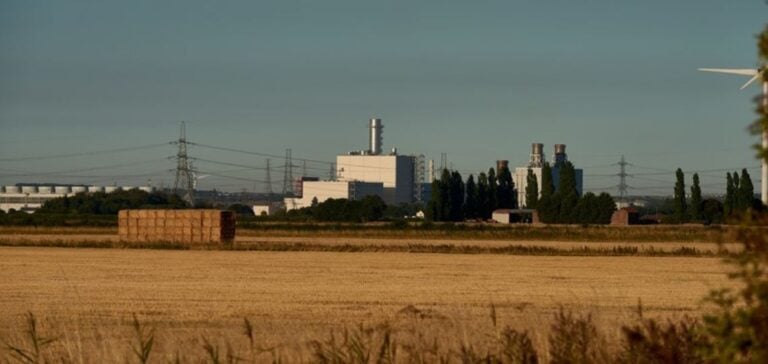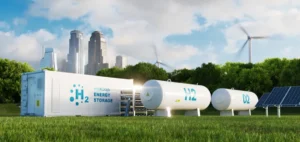SSE and Equinor join forces to build a hydrogen power plant in North Lincolnshire. The 900MW Keadby plant could be operational as early as 2030. It will play a crucial role in providing reliable and flexible capacity to the UK electricity system. Designed to run entirely on hydrogen, this initiative is part of the government’s commitment to low-carbon infrastructure in the Humber, the UK’s most carbon-intensive cluster.
The need for robust hydrogen infrastructures
Building a 100% hydrogen-powered station requires secure access to low-carbon hydrogen supplies. This involves developing hydrogen production, storage and transport infrastructures across the Humber and the rest of the UK. The government is expected to select the first hydrogen transport and storage projects to progress over the next twelve months.
A response to future energy capacity
In view of the imminent need for new flexible power plants for the 2030s, the Keadby Hydrogen proposal will include a “dual-fuel” option. This flexibility would allow the plant to run on natural gas if the necessary hydrogen infrastructure is not immediately available, ensuring a smooth transition to low-carbon hydrogen as soon as possible.
The strategic role of the Keadby site
The Keadby site, formerly a coal-fired power station, is now home to one of the world’s most efficient gas-fired power stations, Keadby 2, and England’s largest onshore wind farm. SSE and Equinor are also developing the Keadby carbon capture plant, dependent on access to a CO2 transport and storage infrastructure.
SSE’s commitment to net zero
SSE’s commitment to net zero is illustrated by its transition plan to net zero, targeting zero net emissions by 2040 for scopes 1 and 2, and 2050 for scope 3. SSE’s investment plan, the Net Zero Acceleration Programme Plus, provides for strategic investment of £20.5 billion by 2027, aligned with the EU’s green taxonomy criteria.
SSE and Equinor’s initiative to develop a hydrogen power plant at Keadby is an important step towards decarbonizing the UK. This project, combining innovation and flexibility, marks a crucial step in the country’s energy transition, in line with SSE’s net-zero objectives.






















